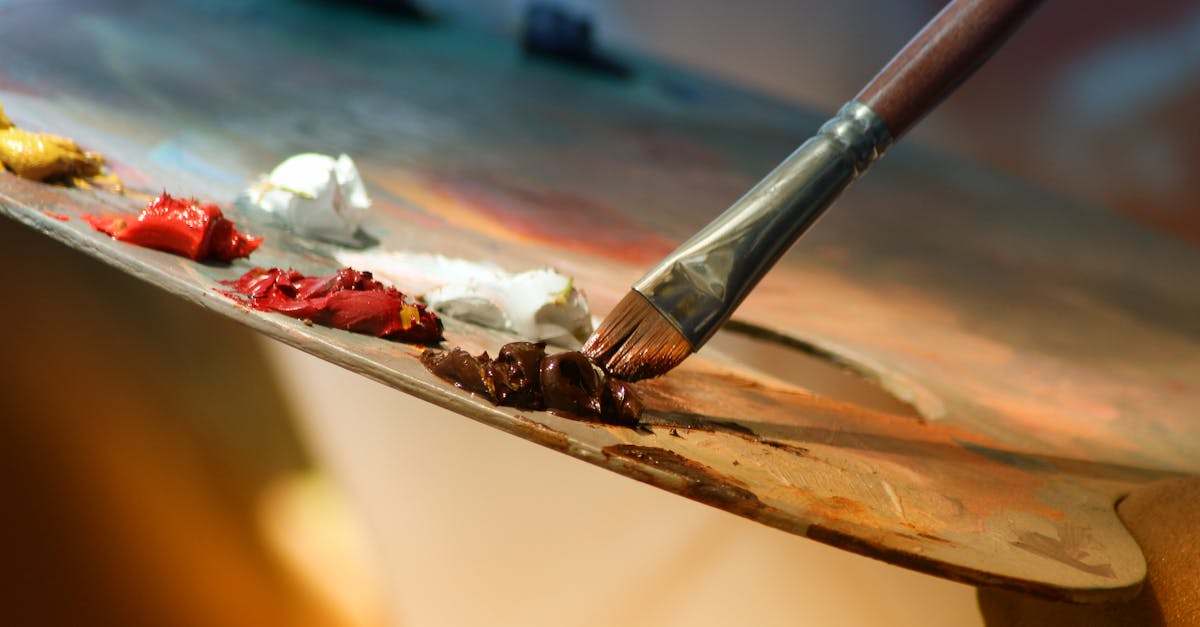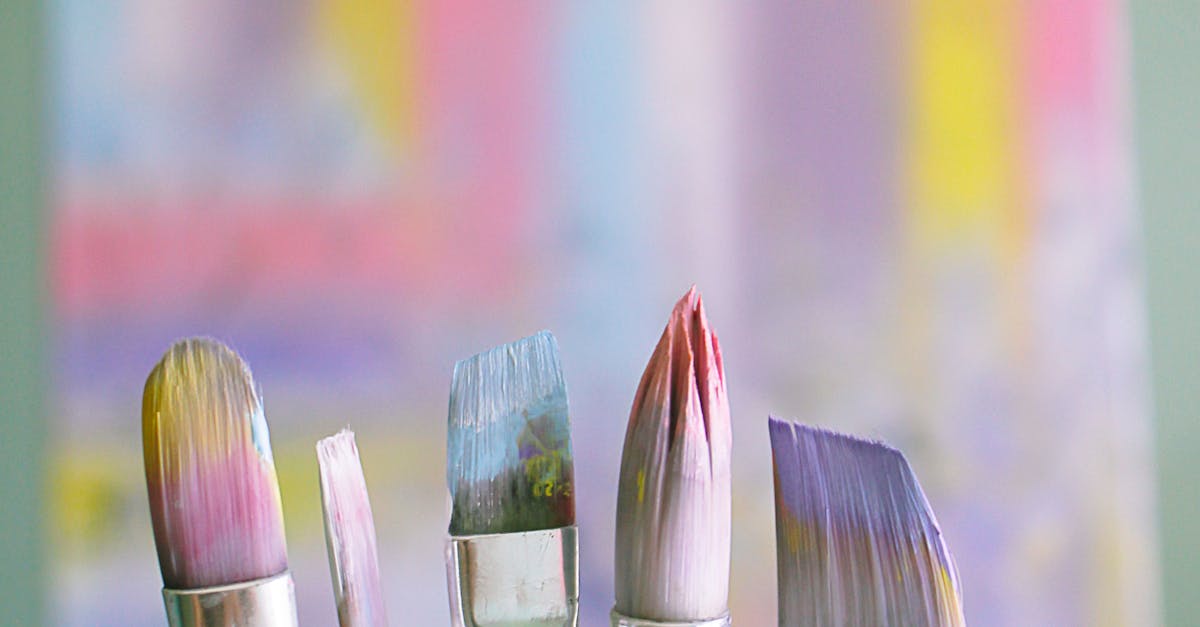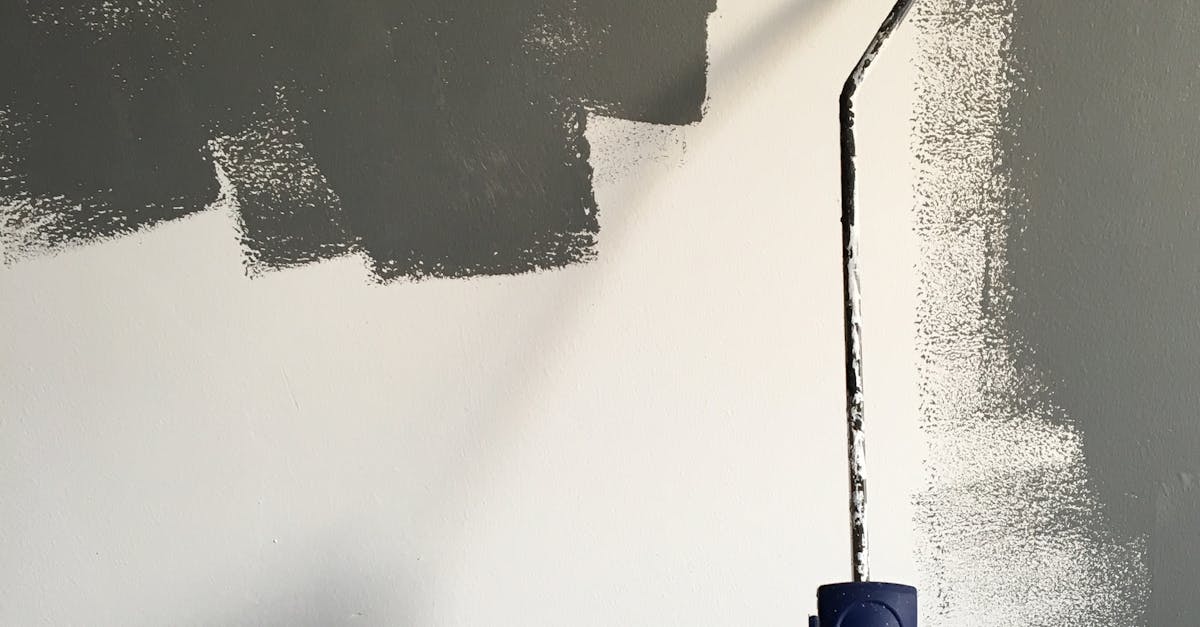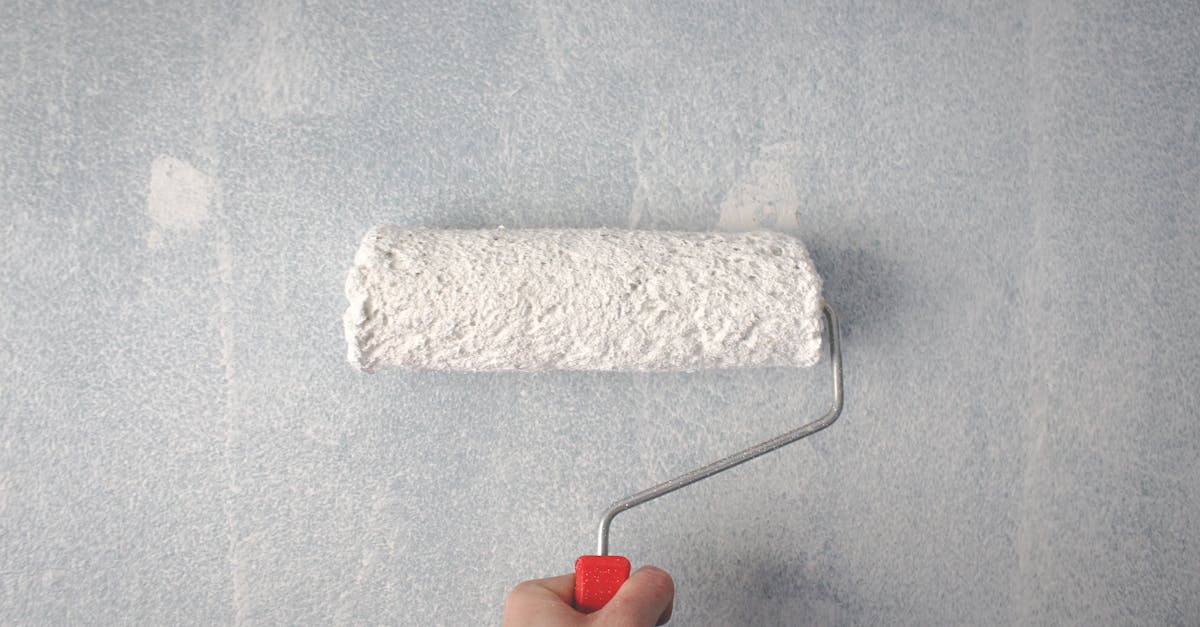
Paint Application
Paint Application
When it comes to painting a room, starting from the top and working your way down is crucial for achieving a smooth finish. Begin by cutting in the edges with a brush, ensuring a clean line where the wall meets the ceiling or trim. Afterward, use a roller to fill in the rest of the wall. Remember, quality painting requires patience and precision. If you’re not confident in your painting skills, consider hiring a professional service for Interior Painting near me to ensure a flawless result.
Proper application of paint is essential for a professional-looking finish. Avoid overloading your brush or roller with paint as this can lead to drips and uneven coverage. Be methodical in your approach, working in manageable sections to maintain a consistent finish throughout the room. By following these steps and paying attention to detail, you can transform your space with a fresh coat of paint.
Start painting from the top
When embarking on an interior painting project, it is imperative to start painting from the top of the room and work your way down. This method ensures that any drips or spills can be easily corrected as you progress through the painting process. By starting at the top, such as near the ceiling, you can carefully manoeuvre the paint roller or brush without having to worry about smudging areas below that have already been painted. This systematic approach guarantees a neat and professional finish, enhancing the overall look of the room. If you are considering repainting your living space, look for professional services such as “Interior Painting near me” to assist you in achieving a flawless result.
Working from the ceiling downwards also helps to prevent any accidental spills or splatters on areas that have already been painted. By following this top-to-bottom technique, you can effectively manage the application of paint without creating additional mess or uneven patches on the walls. Moreover, starting at the top allows you to easily blend paint strokes and seamlessly transition between different sections of the room. For those seeking expert assistance with their decorating projects, reputable services like “Interior Painting near me” can provide the expertise and proficiency needed to transform your space with a fresh coat of paint.
Drying Time
When it comes to interior painting, timing is crucial. After applying the first coat of paint, it is essential to allow sufficient drying time before proceeding with the next coat. Rushing this step can lead to uneven coverage and a less durable finish. To achieve a professional look, be patient and wait for the paint to dry completely before adding another layer. If you are unsure about the ideal drying time, consider seeking advice from professionals in Interior Painting near me for guidance tailored to your specific project.
Once the first coat has dried thoroughly, you can begin applying the second coat of paint. This step is crucial for achieving a rich, consistent colour and a finish that will stand the test of time. Remember to follow the manufacturer’s recommendations regarding drying times between coats to ensure the best results. By allowing each coat to dry properly, you can avoid issues such as bubbling, peeling, or cracking in the future. For expert advice on the best practices for applying multiple coats of paint, consult specialists in Interior Painting near me to achieve a flawless finish in your home.
Allow paint to dry between coats
Allowing the paint to properly dry between coats is crucial to achieving a smooth and professional finish during an interior painting project. Rushing this step can lead to uneven coverage, streaks, and a less durable final result. To ensure that each coat of paint adheres correctly and dries to its full potential, patience is key. It is worth noting that different types of paint may require varying amounts of time to dry completely, so always refer to the manufacturer’s instructions for specific guidance on drying times.
To expedite the drying process between coats, ensuring good ventilation in the room is essential. Opening windows or using fans can help circulate the air and speed up the drying time. In addition, avoiding excessive humidity and applying thin coats of paint can also aid in quicker drying. Remember, rushing through this stage may lead to the need for corrections and touch-ups, ultimately prolonging the process. For a flawless finish in your home, take the time to allow the paint to dry adequately between coats and seek professional guidance from experts specialising in “Interior Painting near me”.
Second Coat
For a flawless finish when painting a room, applying a second coat of paint is essential. This second layer helps to enhance the colour and durability of the paint, providing a professional and polished look to the walls. If you are unsure about the correct method or technique for this stage of the painting process, seeking assistance from professionals in Interior Painting near me can ensure that the second coat is applied accurately and efficiently.
When applying the second coat of paint, it is important to wait for the first coat to be completely dry. This allows for better adhesion of the second layer and prevents any streaks or smudges that may occur if the paint is still wet. By following this simple yet crucial step, you can achieve a seamless and even finish on your walls. Consulting experts in Interior Painting near me can also provide you with guidance on the ideal drying times between coats for optimal results.
Apply a second layer of paint
Apply a second layer of paint to ensure a smooth and even finish across the entire surface of the room. This step is crucial in achieving a professional look to your painted walls. When the first coat has dried completely, typically after a few hours, carefully inspect the walls for any missed spots or uneven areas before proceeding with the second coat. To find reliable services for interior painting near me, consider seeking recommendations from friends or browsing online directories.
The second layer of paint should be applied in the same careful and methodical manner as the first coat. Use long, steady strokes with a roller or brush to maintain consistency in the paint application across the walls. Do not rush this process, as taking your time will result in a more polished final look. Remember to allow sufficient drying time between coats to prevent the paint from becoming tacky or streaky. For top-notch results, search for professionals in Interior Painting near me who can handle the job with expertise and skill.
FAQS
What should be the first step when painting a room?
The first step when painting a room is to prepare the surfaces by cleaning them and filling any holes or cracks.
Should I start painting from the top of the room?
Yes, it is recommended to start painting from the top of the room and work your way down. This helps to avoid any drips or splatters on areas that have already been painted.
How long should I wait for the paint to dry between coats?
It is important to allow the paint to dry completely between coats. Typically, you should wait at least 2-4 hours, but it is best to check the specific drying time mentioned on the paint can.
When should I apply a second coat of paint?
Once the first coat is completely dry, you can apply a second coat of paint. This will help to achieve a more even and professional finish.
Is it necessary to allow the paint to dry completely before moving furniture back into the room?
Yes, it is essential to allow the paint to dry completely before moving furniture back into the room. This will prevent any smudges or marks on the walls.




